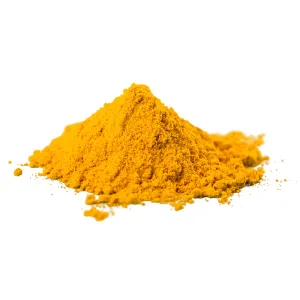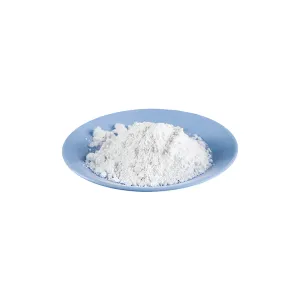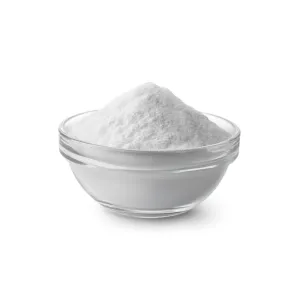perovskite
According to customs data, China imported 267,700 tons of titanium ore in September 2024, a year-on-year increase of 6.21% and a month-on-month decrease of 57.17%. The average monthly price was US$306.32/ton;From January to September 2024, China imported a total of approximately 3.5837 million tons of titanium ore, an increase of 8.51% year-on-year, and the import volume increased by approximately 280,900 tons.

Among them, the top three countries with titanium ore imports in September were Mozambique, Australia, and Nigeria, accounting for 44%, 15%, and 13% of the total imports respectively.

In September 2024, China exported 5,216.80 tons of titanium ore, a year-on-year increase of 738.71% and a month-on-month decrease of 17.40%;From January to September 2024, China exported a total of approximately 57,700 tons of titanium ore, an increase of 193.52% year-on-year, and the export volume increased by approximately 38,000 tons.

Among them, the top three countries in titanium ore exports in September were: Japan, Russia, and India, accounting for 58%, 10%, and 9% of the total exports respectively.

titanium dioxide
In September 2024, China's titanium dioxide imports were 8,310.02 tons, a year-on-year increase of 22.62% and a month-on-month increase of 29.27%; of which, the import of sulfuric acid titanium dioxide in September was 3,718.82 tons, a month-on-month increase of 42.97%. From January to September, the cumulative import of sulfuric acid titanium dioxide was 23,400 tons; In September, the import of chlorinated titanium dioxide was 4,591.20 tons, a month-on-month increase of 19.95%. From January to September, the cumulative import of chlorinated titanium dioxide was 48,100 tons.
From January to September 2024, China imported a total of approximately 71,500 tons of titanium dioxide, a year-on-year increase of 27.19%, and the import volume increased by approximately 15,300 tons.

Among them, the top three regions for titanium dioxide imports in September 2024 are: Australia, the United States, and Mexico, accounting for 27%, 22%, and 20% of the total imports respectively.

In September 2024, China's titanium dioxide exports were 146,800 tons, a month-on-month decrease of 8.67%, and a year-on-year increase of 1.23%; Among them, the export of sulfuric acid titanium dioxide in September was 119,700 tons, a month-on-month decrease of 10.82%. From January to September, the export of sulfuric acid titanium dioxide totaled 1.1779 million tons; In September, the export of chlorinated titanium dioxide was 27,000 tons, a month-on-month increase of 2.30%. From January to September, the export of chlorinated titanium dioxide totaled 261,700 tons.
From January to September 2024, China exported a total of approximately 1.4397 million tons of titanium dioxide, a year-on-year increase of 14.76%, and the export volume increased by approximately 185,100 tons.

Among them, the top three countries in titanium dioxide exports in September were: India, Brazil, and South Korea, accounting for 15%, 9%, and 6% of the total exports respectively.

The average monthly price of titanium dioxide imports in September 2024 was US$3,474.99/ton, a year-on-year increase of 2.43%; the average monthly price of titanium dioxide exports in September was US$2,177.77/ton, a year-on-year increase of 0.42%.

sponge titanium
In September 2024, China imported 100 tons of titanium sponge.1-9 In January, China imported 100.20 tons of sponge titanium, a decrease of approximately 25.07 tons in the same period last year, and imports decreased by approximately 33.53 tonsThe importing country in September was Russia.

In September 2024, China's titanium sponge exports were 567.1 tons, a month-on-month decrease of 23.74%, and a year-on-year increase of 38.03%;From January to September 2024, China's cumulative export volume of titanium sponge was approximately 4,361.9 tons, an increase of 24.05% compared with the same period last year, and the export volume increased by approximately 845.58 tons.

In September 2024, the top three regions for titanium sponge exports are Japan, the United States, and the Netherlands, accounting for 39%, 18%, and 11% respectively.



























